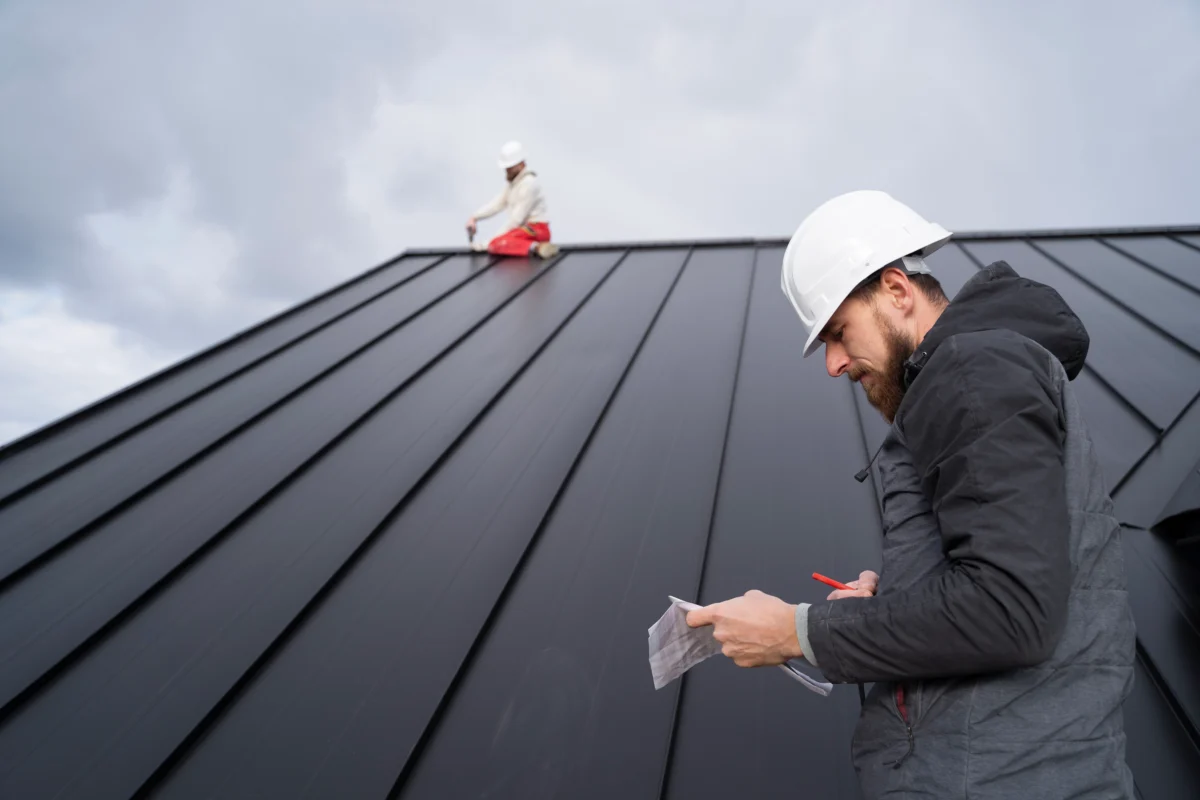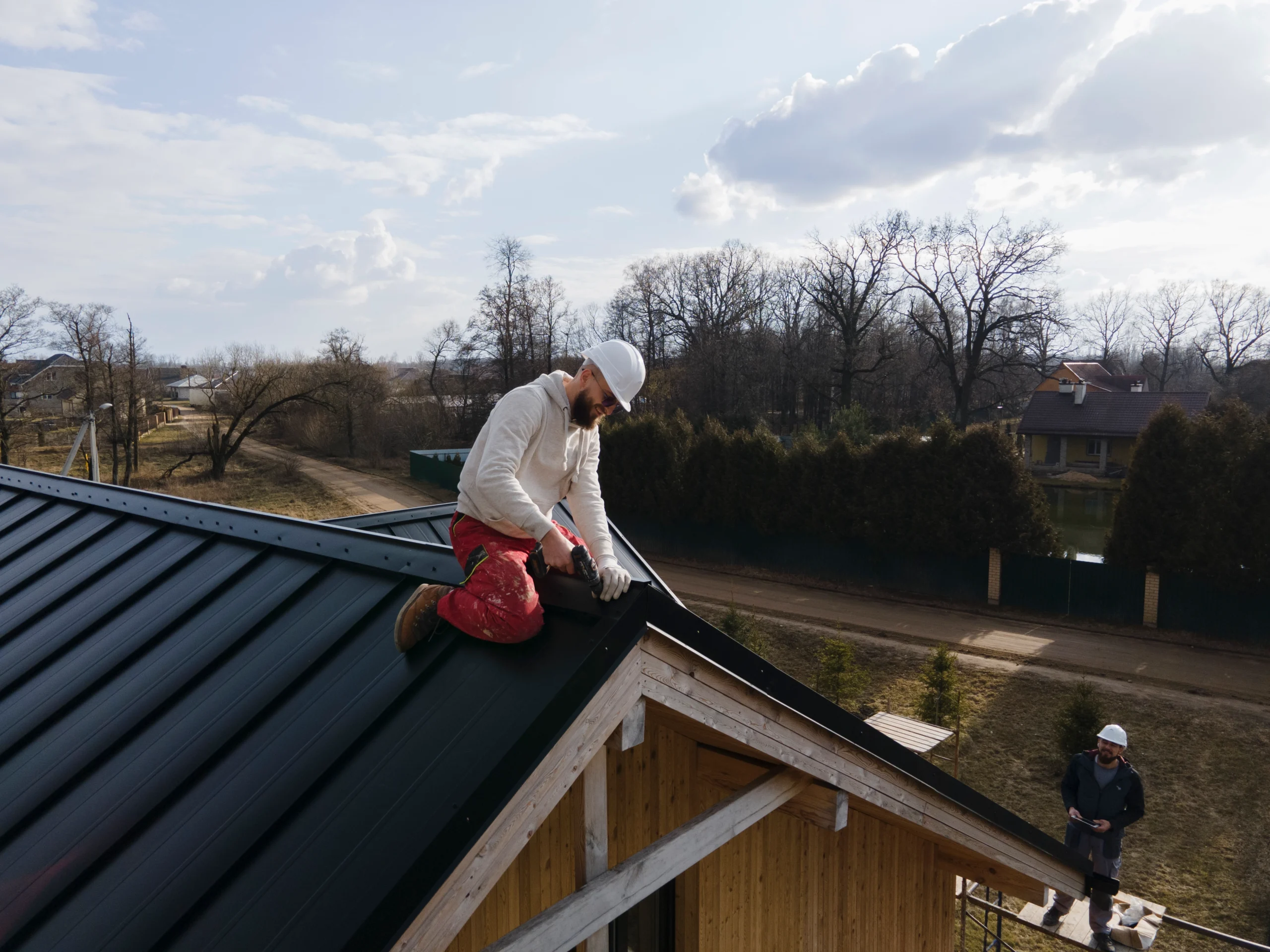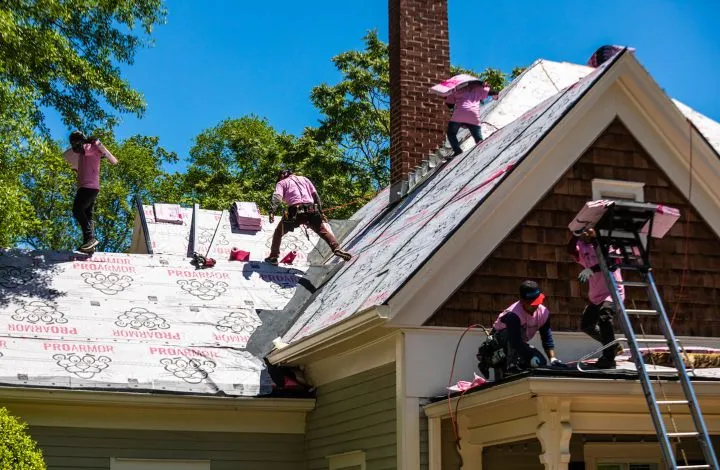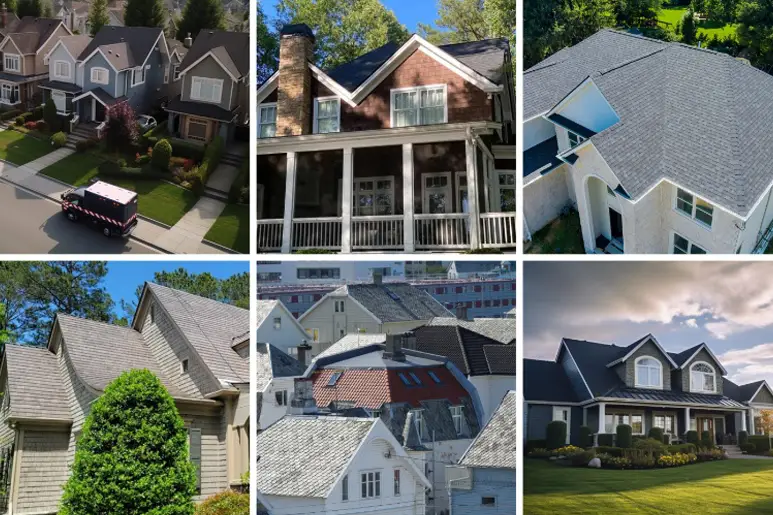As a homeowner, understanding the terminology used in the roofing industry is essential for making informed decisions about your roof replacement, repair, and maintenance. In this blog post, we’ll cover some common roofing terms and definitions that every homeowner should know. By familiarizing yourself with these terms, you’ll be better equipped to communicate with roofing professionals and ensure the longevity and performance of your roof.
- Asphalt Shingles: Asphalt shingles are the most common type of roofing material used in residential construction. They are made from a fiberglass or organic mat coated with asphalt and granules. Asphalt shingles come in a variety of styles and colors and are known for their durability and affordability.
- Underlayment: Underlayment is a layer of material installed between the roof deck and the roofing material (such as shingles). It serves as a secondary barrier against water intrusion and helps protect the roof deck from moisture damage.
- Flashing: Flashing is a thin, weather-resistant material installed around roof penetrations, such as chimneys, vents, and skylights, to prevent water from seeping into the roof system. Common types of flashing include metal, rubber, and plastic.
- Ridge Vent: A ridge vent is a ventilation system installed along the peak of the roof to allow hot air and moisture to escape from the attic. Ridge vents work in conjunction with soffit vents to promote airflow and regulate temperature and humidity levels in the attic space.
- Ice Dam: An ice dam forms when snow melts on the roof and refreezes at the eaves, creating a barrier that prevents water from draining properly. Ice dams can lead to water backup and leakage into the home, causing damage to ceilings, walls, and insulation.
- Fascia: Fascia is the vertical band of material that runs along the edge of the roof and covers the ends of the roof rafters. It provides a finished look to the roof’s edge and helps support the gutter system.
- Eaves: The eaves are the lower edges of the roof that overhang the exterior walls of the house. Eaves protect the walls from water runoff and provide shade and shelter for windows and doors.
- Pitch: Pitch refers to the slope or angle of the roof, typically expressed as a ratio of rise over run. A roof with a high pitch has a steep slope, while a roof with a low pitch has a shallow slope.
Conclusion:
By familiarizing yourself with these common roofing terms and definitions, you’ll be better equipped to communicate with roofing professionals, understand the components of your roof system, and make informed decisions about roof maintenance and repairs. If you have any questions or concerns about your roof, don’t hesitate to reach out to Outdoor Makeover Roof & Exteriors for expert guidance and assistance.
Experience the difference for yourself and give your home the makeover it deserves with Outdoor Makeover Roof & Exteriors. Call today for a Complimentary Roof Analysis. 470-222-7596.
FAQ: Common Roofing Terms Every Homeowner Should Know
A shingle is a flat, rectangular piece of roofing material that overlaps in successive layers to cover the roof. Shingles can be made from various materials, including asphalt, wood, slate, and metal.
Flashing is a thin material, typically made of metal, used to direct water away from critical areas of the roof, such as joints, seams, and valleys. It helps prevent water penetration and leaks.
A roof valley is the internal angle formed by the intersection of two sloping roof planes. Valleys are designed to channel water off the roof and into the gutters, and they require special treatment to prevent leaks.
The ridge is the highest point on a roof where two sloping sides meet. It often has a ridge vent or ridge cap to allow ventilation and protect against weather elements.
The eave is the lower edge of the roof that overhangs the walls of the house. Eaves help direct water away from the walls and foundation and can include features like soffits and fascias.
Underlayment is a protective layer installed between the roof deck and the shingles. It acts as a secondary barrier against water infiltration and is typically made of felt or synthetic materials.
The roof deck is the structural surface to which the roofing materials are applied. It is usually made of plywood or oriented strand board (OSB) and provides the foundation for the roofing system.
Roof pitch refers to the steepness or slope of the roof. It is usually expressed as a ratio of vertical rise to horizontal run (e.g., 4:12, which means the roof rises 4 inches for every 12 inches of horizontal distance).
Gutters are channels installed along the edges of the roof to collect and direct rainwater away from the house. Properly functioning gutters prevent water damage to the roof, walls, and foundation.
Soffits are the undersides of the eaves, providing ventilation to the attic. Fascias are the vertical finishing edges that cover the ends of the rafters and support the lower edge of the roof tiles or shingles.
A drip edge is a metal flashing installed along the edges of the roof to direct water away from the fascia and into the gutters. It helps protect the roof’s underlying components from water damage.
A vent pipe, often seen protruding from the roof, allows gases and odors from the plumbing system to escape safely. It helps maintain proper air pressure in the plumbing system and prevents water traps from being emptied.
R-value measures the thermal resistance of roofing materials, indicating their insulating effectiveness. Higher R-values mean better insulation properties, which can improve energy efficiency.
A hip roof has slopes on all four sides that come together at the top to form a ridge. This design provides additional stability and resistance to wind damage compared to other roof types.
Ventilation refers to the system of vents (such as ridge vents, soffit vents, and gable vents) that allow air to circulate through the attic. Proper ventilation helps regulate temperature and moisture levels, protecting the roof and improving energy efficiency.
For more detailed explanations and additional roofing terms, visit our blog at Outdoor Makeover Roof & Exteriors or contact our team for personalized advice and assistance.




 A Complete Guide to Residential Roofing Systems
A Complete Guide to Residential Roofing Systems What are the different types of roofing services?
What are the different types of roofing services? Different Types of Roofing Services: A Comprehensive Guide
Different Types of Roofing Services: A Comprehensive Guide
LET'S BE SOCIAL: